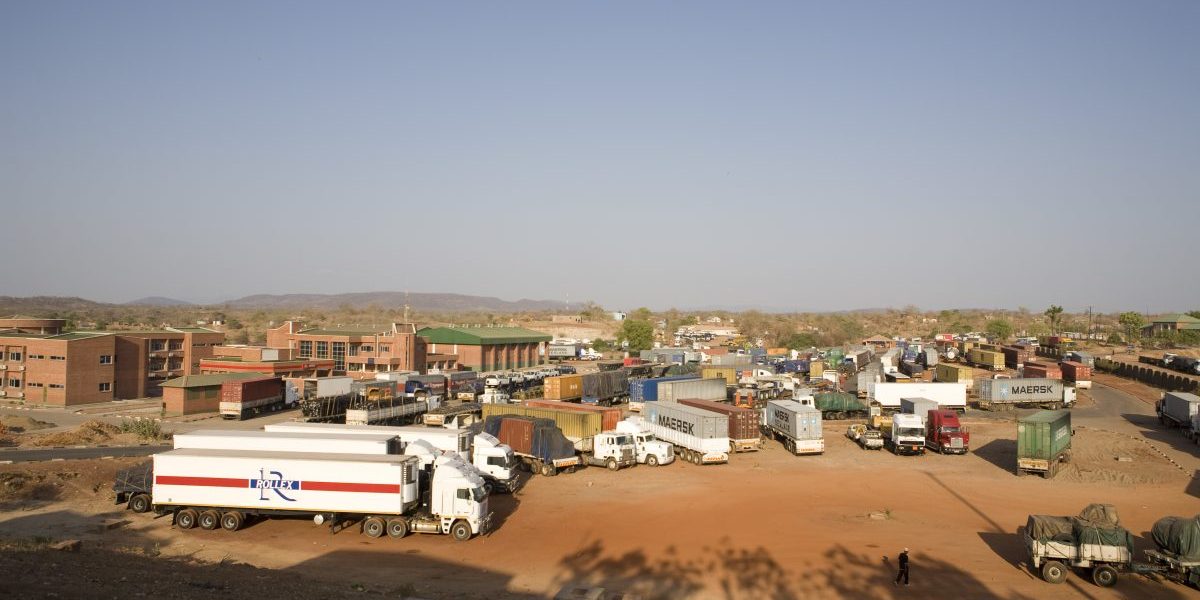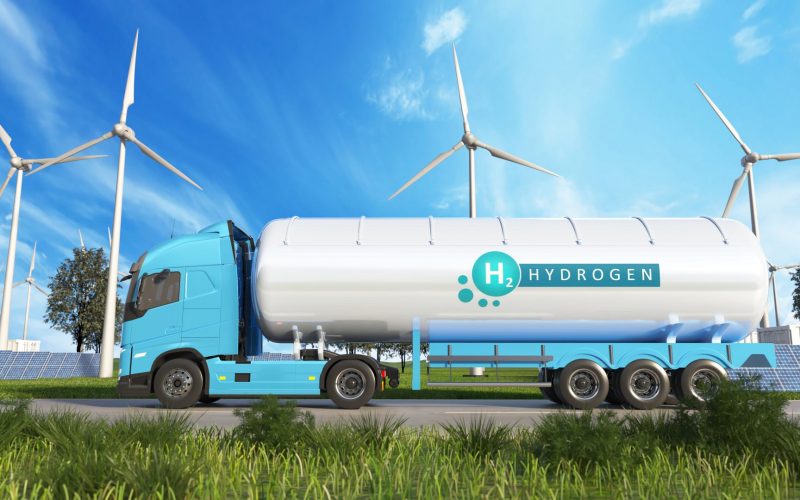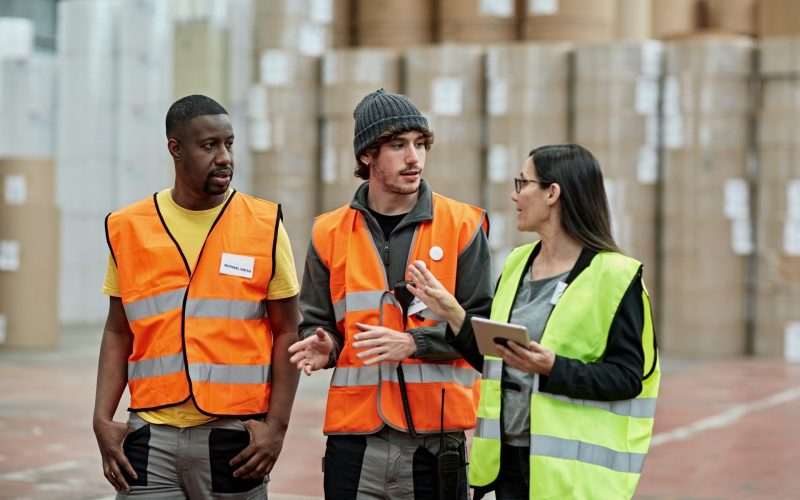Summary:
- Adopted in December 2013 during the World Trade Organization’s 9th Ministerial Conference, the Trade Facilitation Agreement aims to expedite the movement, release and clearance of goods, thereby making trade more efficient.
- Information and communication technology is regarded as a key driver of trade efficiency under the Trade Facilitation Agreement, with electronically driven, paperless trade helping to boost the transparency and predictability of cross-border trade transactions.
- A number of countries in the Common Market for Eastern and Southern Africa, including Zambia, are taking steps to embrace digital technologies with a view to streamlining trade flows, including the introduction of a ‘single electronic window’ system.
- However, small-scale cross-border traders of agricultural goods in Zambia lack digital skills and are generally unaware of importing countries’ sanitary and phytosanitary requirements, a problem that is often compounded by low education levels and language barriers.
- To ensure that small-scale cross-border traders can leverage the benefits of technology-driven trade facilitation efforts, the Zambian government needs to focus on making information on sanitary and phytosanitary requirements more accessible to these traders while also developing their digital skills and trading capacity, which should ultimately lead to more sustainable livelihoods.






